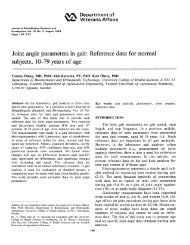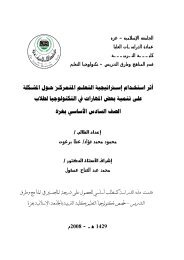awareness through movement
awareness through movement
awareness through movement
You also want an ePaper? Increase the reach of your titles
YUMPU automatically turns print PDFs into web optimized ePapers that Google loves.
92 AWARENESS THROUGH MOVEMENT<br />
and whether the point of contact is at exactly the same points at<br />
both heels. In the same way examine the contact made with the<br />
floor by the calf muscles, the back of the knees, the hip joints, the<br />
floating ribs, the upper ribs, and the shoulder blades. Pay attention<br />
to the respective distances between the shoulders, elbows, wrists<br />
and the floor.<br />
A few minutes of study will show that there is a considerable difference<br />
between the two sides of the body at the shoulders, elbows, ribs,<br />
and so forth. Many people will find that in this position their elbows do<br />
not touch the floor at all but are suspended in space. The arms do not<br />
rest on the ground, and it becomes difficult to maintain them in this<br />
position until the examination is over.<br />
Discover the latent work of the muscles<br />
We have a coccyx, five lumbar, twelve dorsal, and seven cervical<br />
vertebrae. On which vertebrae in the pelvic region is pressure heaviest<br />
Do all the lumbar vertebrae (girdle) touch the floor If not,<br />
what is raising them above the floor On which of the dorsal or<br />
back vertebrae is pressure heaviest At the beginning of this lesson<br />
most people will find that two or three of the vertebrae make clear<br />
contact with the floor while the others form arches between them.<br />
This is surprising, because our intention was to lie at rest on the<br />
floor, without making any effort or <strong>movement</strong>, so that in theory<br />
each of the vertebrae and ribs should sink to the floor and touch it<br />
at least at one point. A skeleton without muscles would indeed lie in<br />
this way. It seems, therefore, that the muscles raise the parts of the<br />
body to which they are attached without our being conscious of it.<br />
It is impossible to stretch out the entire spine on the floor without<br />
a conscious strain upon several sections. As soon as this conscious<br />
effort is once more relaxed, the sections affected will again<br />
move up and away from the floor. In order to settle the whole of<br />
the spine on the floor we must stop the work the muscles are doing


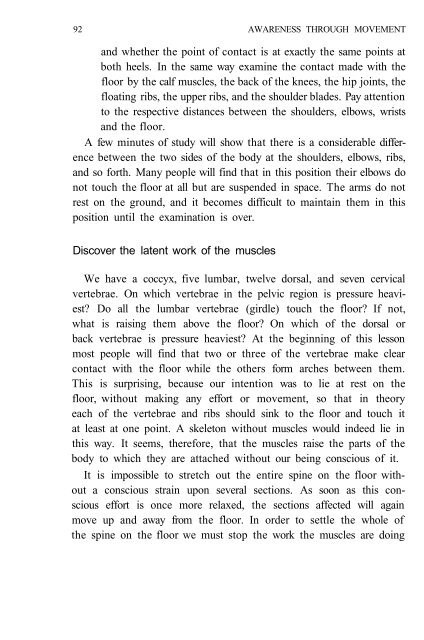

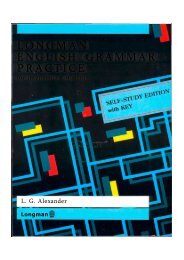


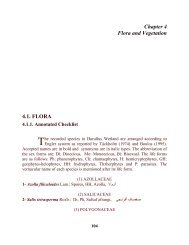

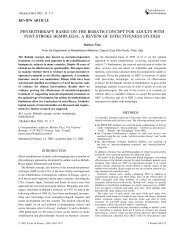
![Successful Ministry to the Retarded[ETowns] - Elmer Towns](https://img.yumpu.com/47721906/1/190x252/successful-ministry-to-the-retardedetowns-elmer-towns.jpg?quality=85)


